News Beat
News Beat reporting is an idrw.org initiative to let our Readers to report News Based on Actual facts but some how has not been reported in Main Stream Media .
SOURCE: RAUNAK KUNDE / NEWS BEAT / IDRW.ORG

Airbus Defence and Space (ADS) Spain has secured the coveted role as the lead contractor for the conversion of six pre-owned A-321 aircraft procured from Air India into the Netra MkII Airborne Early Warning and Control System (AEW&CS) for the Indian Air Force.
The chosen A-321s will undergo a complete metamorphosis, transitioning from commercial passenger jets to sophisticated reconnaissance platforms. This transformation will be overseen by Airbus, leveraging its expertise in aircraft customization and military integration. The Getafe site in Madrid, home to Airbus’ Military Aircraft Design and Engineering department, will play a pivotal role in equipping the aircraft with cutting-edge military avionics and transforming them into aerial sentinels.
Continue readingSOURCE: RAUNAK KUNDE / NEWS BEAT / IDRW.ORG

Bharat Dynamics Limited (BDL) is anticipating a Request for Proposal (RFP) from the Indian Army for the procurement of the indigenously developed Nag anti-tank guided missile (ATGM). Following the successful completion of trials earlier this year, BDL expects orders for the Nag missile to be placed by 2025.
The Nag ATGM has been categorized as a fire-and-forget, third-generation missile, offering significant advancements over previous generations. It boasts an imaging infrared (IIR) seeker, enabling effective engagement with static and moving targets in both day and night conditions.
Continue readingSOURCE: RAUNAK KUNDE / NEWS BEAT / IDRW.ORG

The Indian Air Force (IAF) has faced significant challenges in maintaining its fleet of 260 Sukhoi Su-30MKI fighter jets due to the ongoing Russia-Ukraine war and subsequent Western sanctions on Russia. These sanctions have disrupted the traditional supply chain for crucial spares and systems, forcing the IAF to adapt and innovate.
Fortunately, IAF officials have revealed to idrw.org that the long-term spare storage policy implemented in the past has helped them navigate this turbulent period. This foresightful approach ensured a reserve of essential parts, allowing the IAF to maintain operational readiness despite the supply chain disruptions.
Continue readingSOURCE: RAUNAK KUNDE / NEWS BEAT / IDRW.ORG
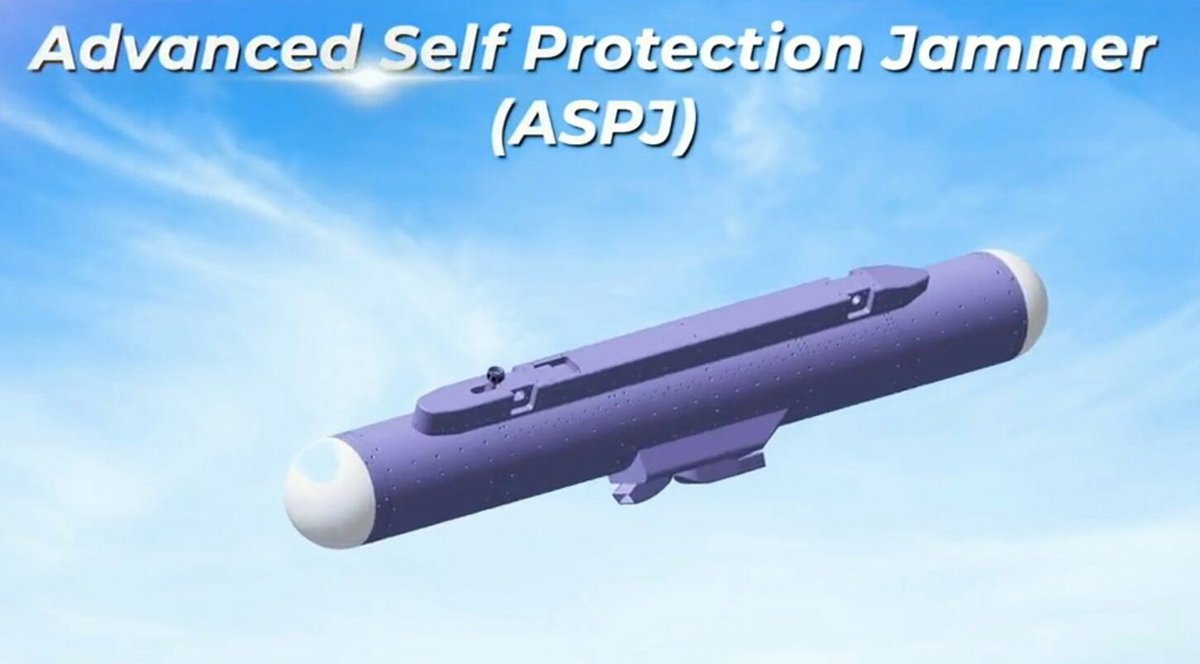
The Indian Air Force’s Su-30MKI fighter aircraft is set to receive a significant upgrade in electronic warfare (EW) capabilities with the successful development and testing of the Dual (LH & RH) ASPJ pods by CASDIC. These pods, mounted on the left and right sides of the aircraft, will significantly enhance the Su-30MKI’s ability to defend itself against enemy radar and electronic threats.
The success of the ASPJ pods is a testament to extensive collaboration and testing. Hindustan Aeronautics Limited (HAL) conducted detailed feasibility studies using various simulations and analyses, including:
Continue readingSOURCE: RAUNAK KUNDE / NEWS BEAT / IDRW.ORG

In 2020, India’s Bharat Dynamics Limited (BDL) unveiled the Amogha-III, a third-generation anti-tank guided missile (ATGM) that promises to revolutionize the country’s ground-based anti-armour capabilities. This “fire-and-forget” weapon, currently undergoing Army trials, promises to significantly bolster India’s ground forces’ anti-armour capabilities. Amogha-III is likely to get Army Clearance likely next year as informed to idrw.org.
The Amogha-III is a “fire-and-forget” weapon, meaning the operator acquires the target and launches the missile, which then navigates to its destination autonomously. This reduces the soldier’s exposure to enemy fire and allows for quicker engagement. The missile boasts a range of 200 to 2,500 meters, giving it flexibility in various combat scenarios.
Continue readingSOURCE: RAUNAK KUNDE / NEWS BEAT / IDRW.ORG
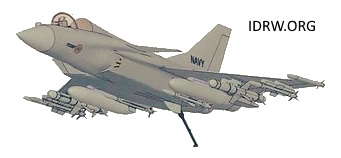
At Aero India 2023, the Aeronautical Development Agency (ADA) showcased a poster of the Twin Engine Deck Based Fighter (TEDBF) featuring a significant design change: a blunt, rounded nose cone replacing the previously planned angled, stealth-optimized frontal radome.
The new design retains the leading-edge extensions (LEX), canards, and diverterless supersonic inlets (DSI) seen in the earlier iteration. Sources familiar with the matter have confirmed idrw.org that this new configuration is likely the final design that will enter production once the program receives Cabinet Committee on Security (CCS) clearance.
Continue readingSOURCE: RAUNAK KUNDE / NEWS BEAT / IDRW.ORG
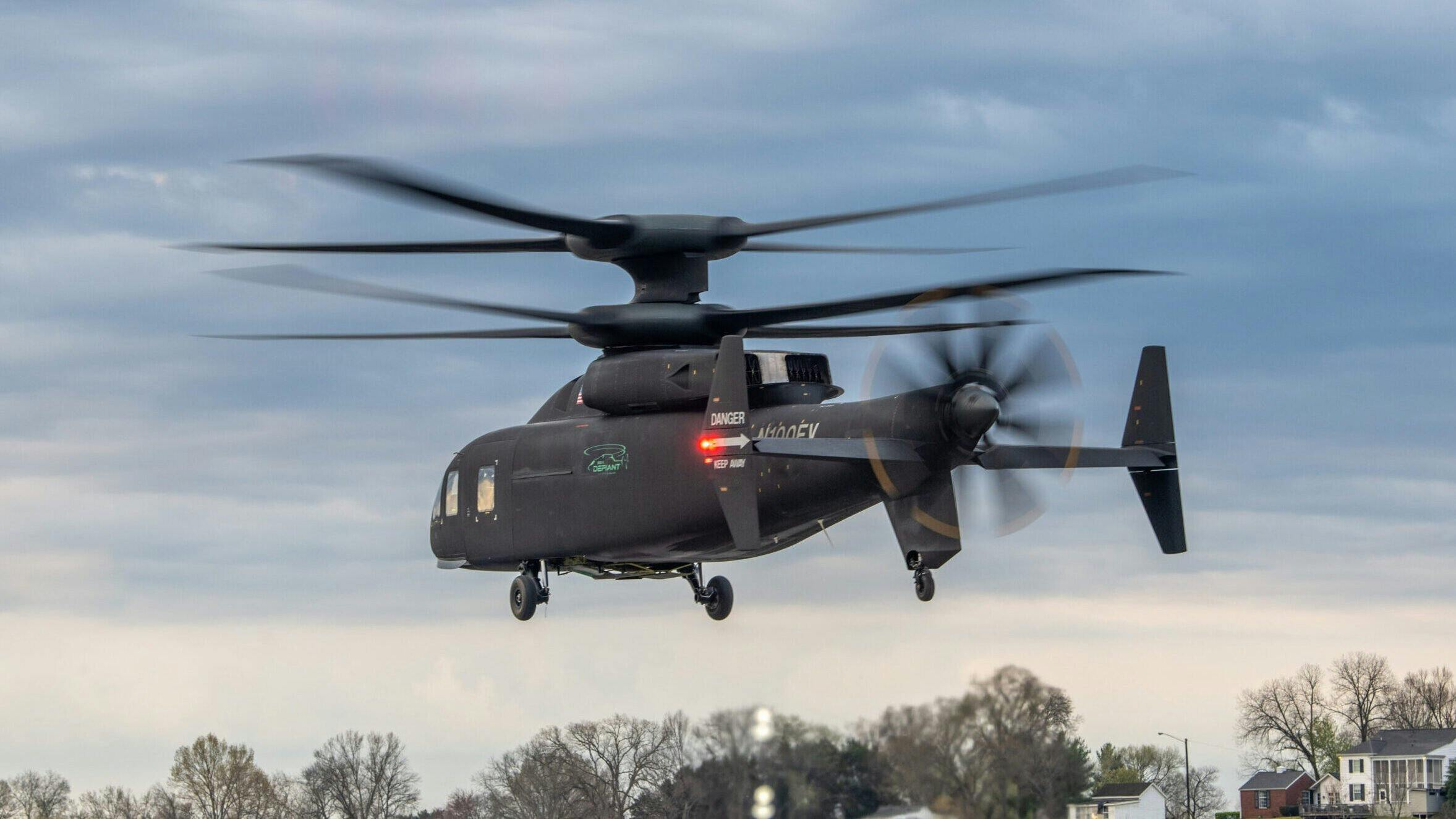
The US Army had expressed interest in having the Indian Armed Forces participate in its Future Long-Range Assault Aircraft (FLRAA) program, which aims to replace the Army’s ageing fleet of UH-60 Black Hawk utility helicopters and AH-64 Apache assault helicopters. According to sources familiar with the matter, senior Indian military officials were briefed about the program a few years ago, but no further discussions have taken place.
The FLRAA program is a critical component of the US Army’s modernization efforts. The new helicopters will be required to provide increased range, speed, and survivability over the current Black Hawk and Apache helicopters. The US Army has already selected the Bell V-280 Valor tilt-rotor aircraft as the winner of the FLRAA competition.
Continue readingSOURCE: RAUNAK KUNDE / NEWS BEAT / IDRW.ORG
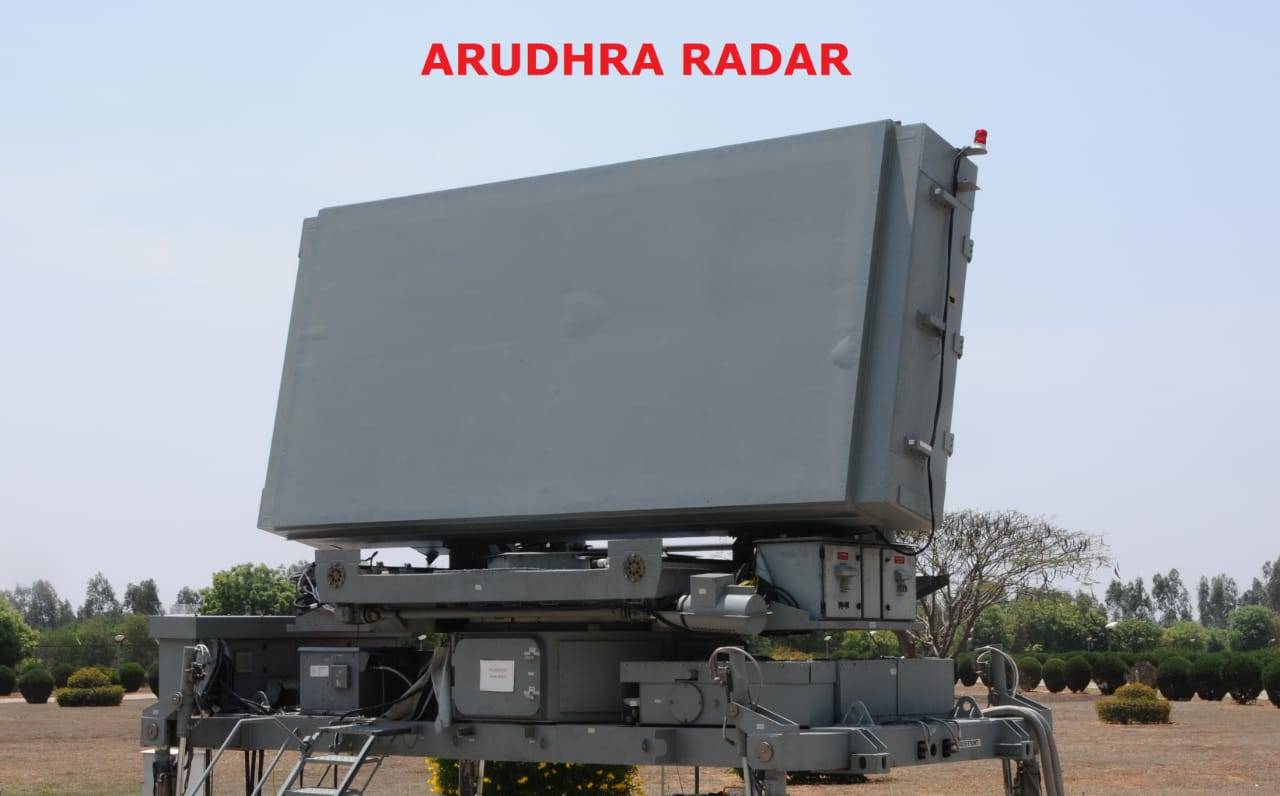
The Indian Air Force (IAF) has released expressions of interest (EOIs) for the indigenous development of several key components for its Multi-function Phased Array Radar (MPR) system. This system plays a crucial role in air surveillance and target tracking, enhancing the IAF’s air defence capabilities.
The five components for which the IAF seeks indigenous development are:
Continue readingSOURCE: RAUNAK KUNDE / NEWS BEAT / IDRW.ORG
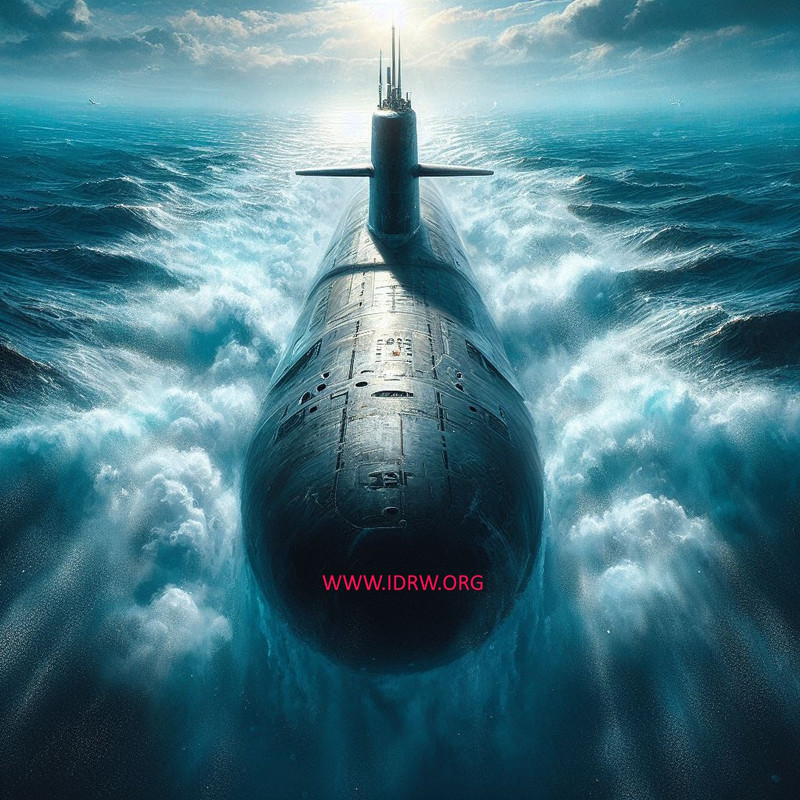
The Spanish Navy’s recent commissioning of its first S-80 Plus-class submarine has drawn interest from the Indian Navy as it seeks to acquire six next-generation submarines under Project 75(I).
The Indian Navy’s Project-75(I) seeks to acquire six AIP-equipped conventional submarines to enhance its underwater capabilities. In July 2021, a Request for Proposal (RFP) was issued, inviting bids from international shipyards. Both Navantia and TKMS submitted their bids before the August 2023 deadline.
Continue readingSOURCE: RAUNAK KUNDE / NEWS BEAT / IDRW.ORG
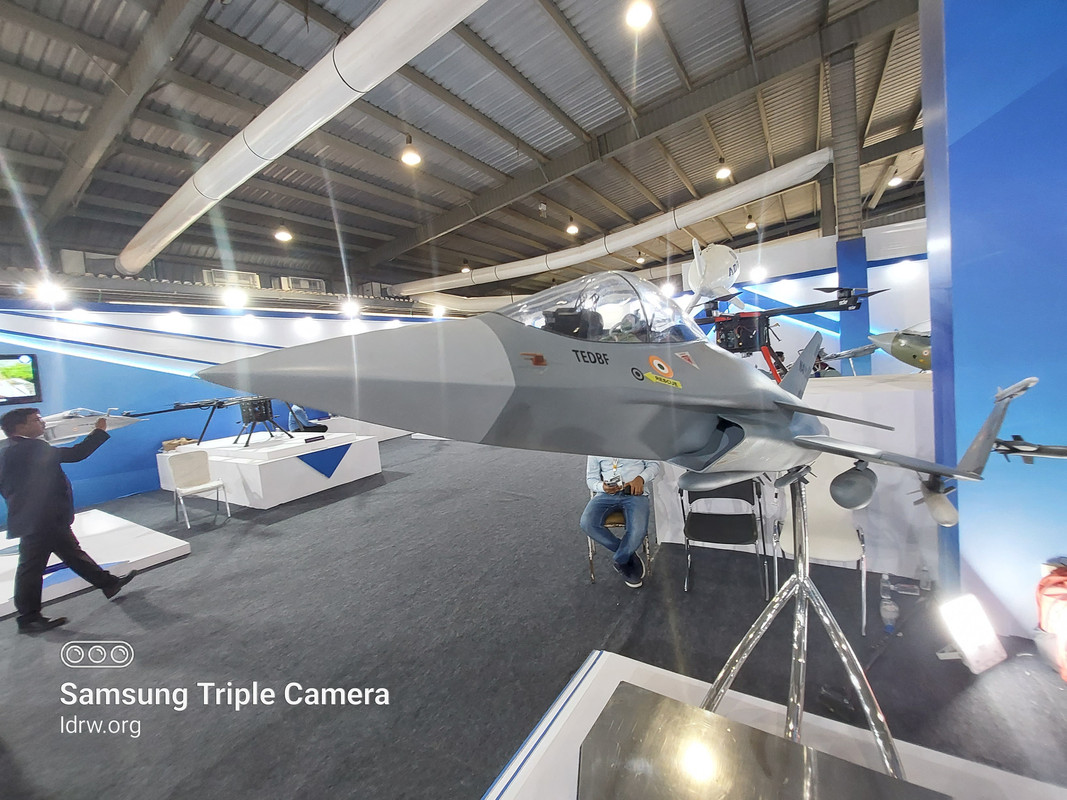
India’s Twin Engine Deck Based Fighter (TEDBF) program, a key initiative in bolstering naval air power, recently grabbed attention at the Dubai Air Show. In an interview with Indian media, Deputy Project Director Ravinder Kumar Jyoti shed light on the program’s progress and plans.
While the impressive model showcased in Dubai generated significant interest, Jyoti emphasized that the program remains in the preliminary design review (PDR) stage. This crucial phase involves meticulous analysis of the design to ensure it meets all technical and operational requirements before proceeding to detailed design and development.
Continue readingSOURCE: RAUNAK KUNDE / NEWS BEAT / IDRW.ORG

The United States has proposed the Stryker armoured fighting vehicle (AFV) to India, aiming to bolster its deterrence capabilities against China. While initial discussions involved co-development, India expressed concerns about Stryker’s current engine, deemed inadequate for operating in high-altitude regions.
The existing Stryker uses a Caterpillar C7 350 hp engine, which sources suggest idrw.org might struggle in high-altitude areas where engines can lose 30-40% power due to thin air. The air defence system version offered to India would require the APC to carry significant weight, further stressing the engine.
Continue readingSOURCE: RAUNAK KUNDE / NEWS BEAT / IDRW.ORG
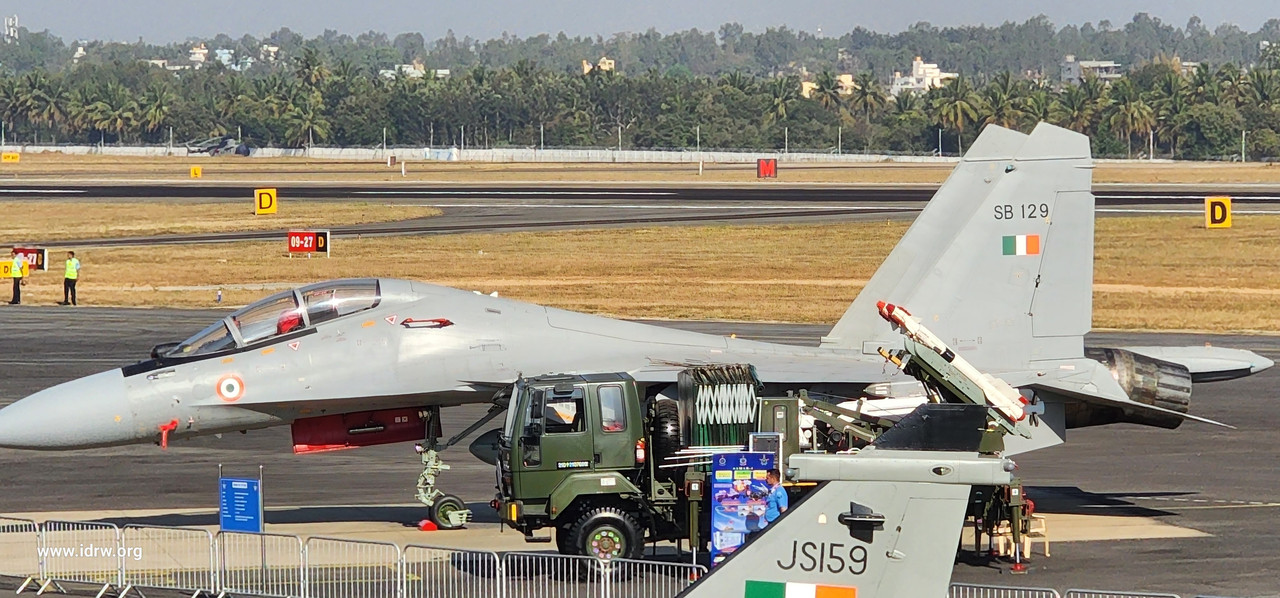
The Indian Air Force (IAF) is taking a significant leap towards bolstering its aerial electronic warfare (EW) capabilities with the planned integration of a cutting-edge indigenous suite onto its Su-30MKI fighter jets.
The Centre for Airborne Systems and Displays (CASDIC) has been spearheading the development of this advanced EW suite. The proposed system consists of an internal Radar Warning Receiver (RWR) and a podded jammer system housed in left-hand (LH) and right-hand (RH) ASPJ pods mounted on stations 11 and 12 of the Su-30MKI. This internal-external combination aims to provide comprehensive situational awareness and jamming capabilities against enemy radars, enhancing the survivability and mission effectiveness of the aircraft.
Continue readingSOURCE: RAUNAK KUNDE / NEWS BEAT / IDRW.ORG

The Tejas MkII, India’s next-generation fighter jet program, is facing a revised timeline and a renewed focus on indigenous content. Recent developments indicate a pushback in the first aircraft rollout, which was previously scheduled for December 2023. With funding delays and a focus on greater self-reliance, the program is now aiming for a first rollout in late 2026 or early 2027.
The initial disbursement of funds for the Tejas MkII was later than expected, impacting the program’s overall schedule. This, coupled with HAL and DRDO’s commitment to higher indigenization, has necessitated a revised timeline. The first flight, originally slated for December 2024, is now likely to occur sometime in 2028. Production is expected to begin only in early 2030, marking a significant delay from the initial projections.
Continue readingSOURCE: RAUNAK KUNDE / NEWS BEAT / IDRW.ORG
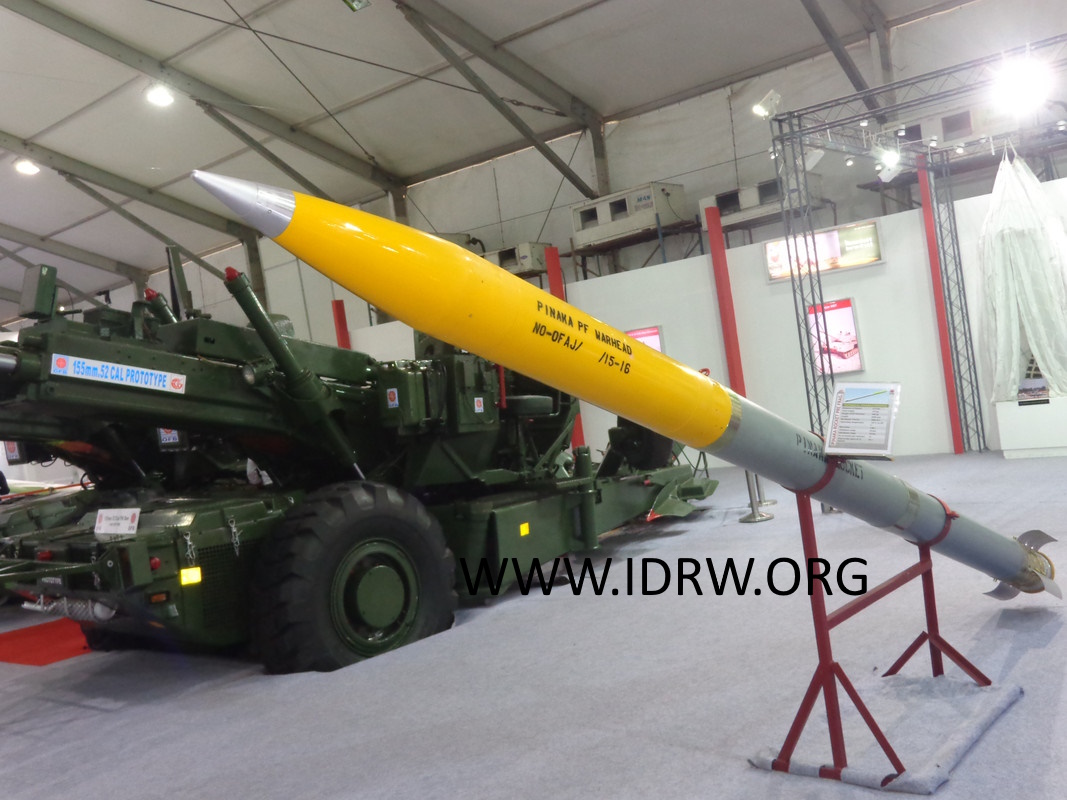
The Defence Research and Development Organisation’s (DRDO) Armament Research and Development Establishment (ARDE) has issued a tender for hardware integration and maintenance services. This project will be conducted under the supervision of Group officers and carried out within ARDE premises over 15 months.
The hardware integration and maintenance work is required to support the ongoing program for a large-calibre rocket system known as the ‘300mm LRGR’, likely referring to a Long Range Guided Rocket. The specific details of the project remain classified, but the tender provides some insights into the scope of the work:
Continue readingSOURCE: IDRW.ORG TEAM

The Indian Navy is setting its sights on the future of maritime navigation, launching the IDEX Challenge to enlist the expertise of private companies in developing cutting-edge Artificial Intelligence (AI) solutions for smart ship operations. This ambitious initiative aims to revolutionize seafaring by leveraging the power of AI to enhance safety and efficiency.
Navigating the vast ocean is an inherently risky endeavor. Collision avoidance remains a constant challenge, requiring vigilant watchkeeping and skilled manpower on the bridge and in the operational room. Even the slightest lapse in attention can have catastrophic consequences. The current system relies heavily on human expertise, which, while invaluable, is susceptible to fatigue, error, and unforeseen circumstances.
Continue reading